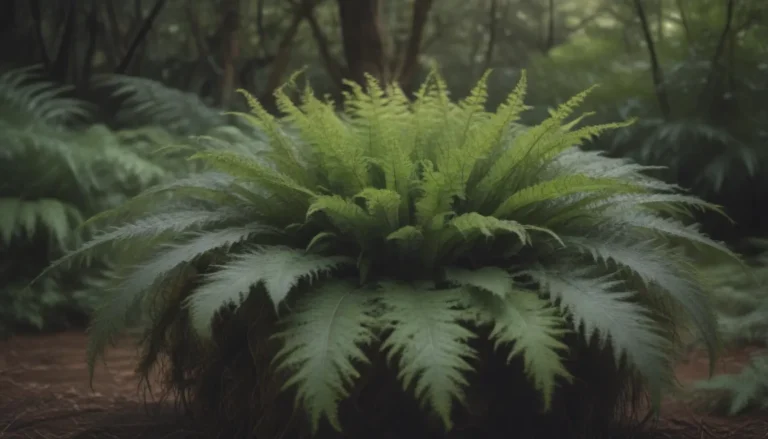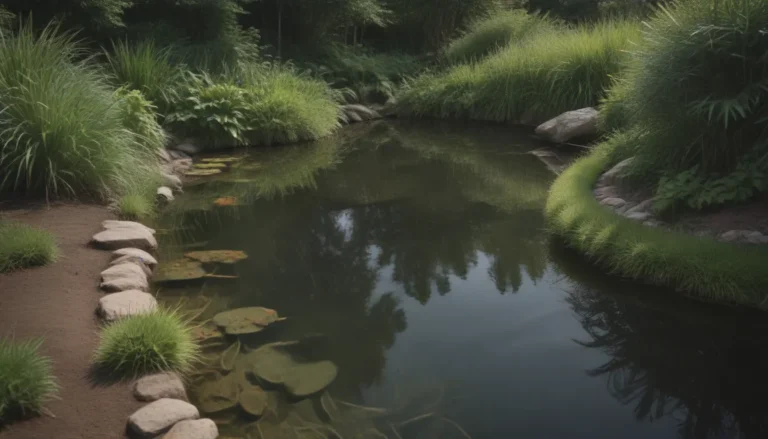Complete Guide to Growing and Caring for White Spruce Trees

Welcome to our comprehensive guide on how to successfully grow and care for white spruce trees! White spruce, also known as Picea glauca, is a stunning evergreen tree native to the northern regions of North America. In this article, we will provide you with valuable information on how to cultivate and maintain these majestic trees in your own landscape.
Introduction to White Spruce
White spruce trees thrive in cool temperatures and moist conditions, making them a perfect fit for regions with similar climates. While not everyone has the opportunity to grow these towering evergreens due to climate limitations, horticulturalists have developed numerous cultivars of white spruce that can be enjoyed in a variety of landscapes. Whether you prefer a micro or weeping variety, the beauty of the white spruce is sure to impress.
White Spruce Care
Taking care of a white spruce tree is not as daunting as it may seem. By following these simple care requirements, you can ensure that your white spruce thrives and remains healthy:
-
Planting: When planting a white spruce tree, make sure to provide ample space for it to grow and allow for proper air circulation. Aim to give the tree a 10-foot buffer from the center to accommodate its mature spread.
-
Light: White spruce trees prefer full sun but can also tolerate partial shade. Be mindful of the specific light requirements of the cultivar you choose.
-
Soil: White spruce trees are adaptable to various soil conditions and do not have strict pH or consistency preferences.
-
Water: In some areas, supplemental watering may be necessary to keep the white spruce tree vigorous, especially in warm or dry climates.
-
Temperature and Humidity: White spruce trees thrive in cold weather and are best suited for USDA hardiness zones 2 through 6. Ensure the tree is not exposed to excessive heat, as it prefers cool summers and frigid winters.
-
Fertilizer: White spruce trees do not require additional fertilizer for healthy growth.
Types of White Spruce
There are several cultivars of white spruce trees to choose from, each with its unique characteristics. Some common cultivars include:
- Picea glauca ‘Conica’
- Picea glauca ‘Pendula’
- Picea glauca ‘Green Carpet’
- Picea glauca ‘Spruce Lane’
Pruning
White spruce trees typically do not require pruning for shaping purposes. Maintenance pruning to remove dead or damaged branches is sufficient, unless the tree poses a hazard due to overgrowth.
Propagating White Spruce
White spruce trees can be propagated through cuttings or seeds. While grafting is a more challenging method, cuttings and seeds are commonly used by home gardeners for propagation.
Common Pests & Plant Diseases
White spruce trees are relatively resistant to diseases but can be susceptible to fungal diseases such as rhizosphaera needle cast and cytospora canker under certain conditions. Proper watering and spacing between trees can help prevent these diseases. Common pests that may affect white spruce trees include spider mites and bagworms, which can be managed with botanical oils and insecticidal soaps.
In conclusion, white spruce trees are not only beautiful additions to any landscape but also relatively low-maintenance when cared for properly. By following the guidelines outlined in this article, you can enjoy the beauty and benefits of these magnificent trees in your own backyard. Happy gardening!





